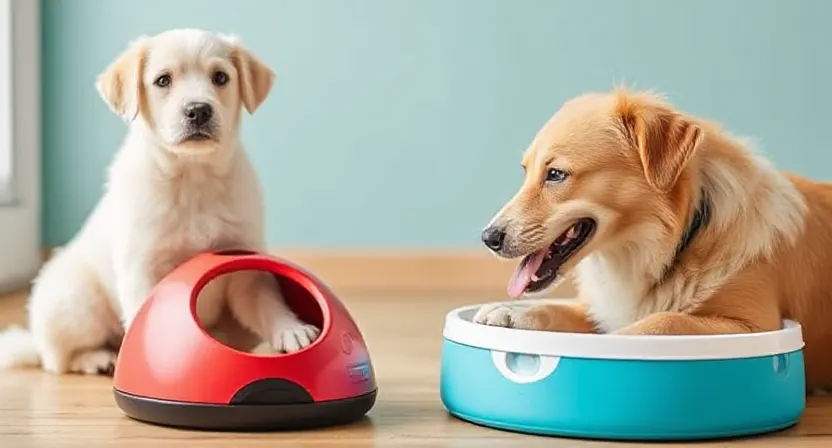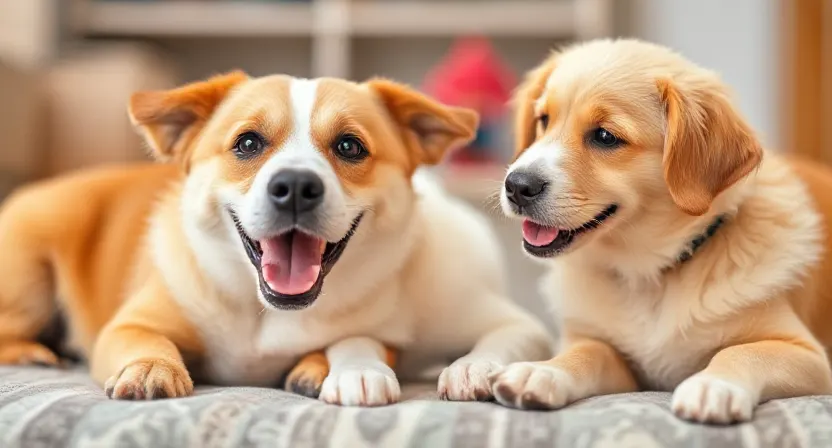Sweet Starting Note:
Welcoming a new puppy into your home is an exciting and heartwarming adventure! 🐾✨ Puppies bring joy, energy, and unconditional love, but they also require guidance to grow into well-behaved and happy companions. Training your puppy may seem like a big task, but with a little patience, consistency, and love, it can be a fun and rewarding experience.
Ready to help your furry friend learn the ropes? Here are the best tips to make puppy training easy, enjoyable, and full of wagging tails! 🐶💛
1. Start With Basic Commands
Teaching basic commands like “sit,” “stay,” and “come” is the foundation of training your puppy. Use positive reinforcement, such as treats and praise, when your puppy follows your instructions. Practice in short, focused sessions to keep your puppy engaged.
Consistency is key to helping your puppy learn these commands. Over time, your puppy will respond eagerly, building a stronger bond between you and fostering better communication.
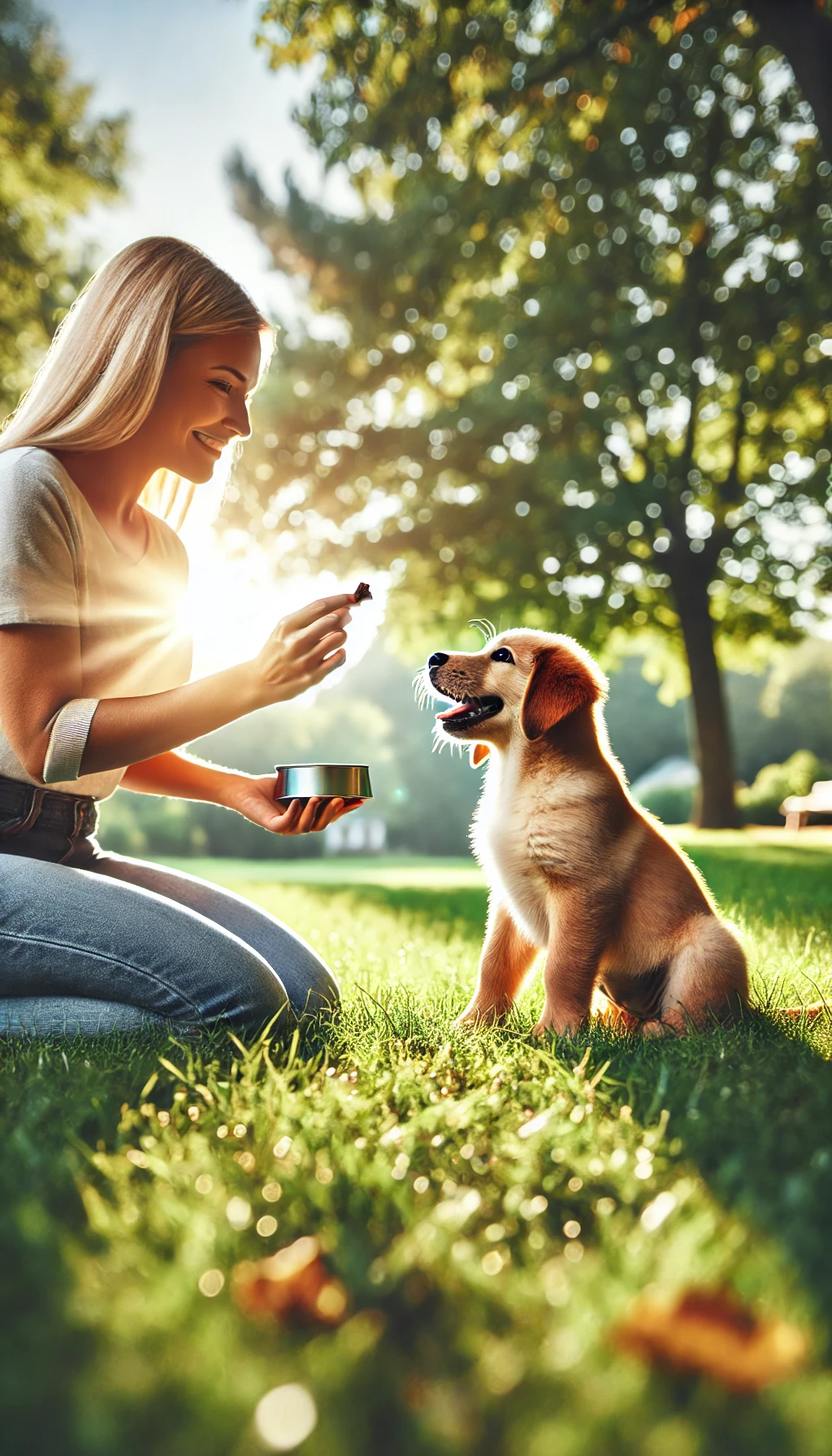
2. Establish a Routine
Puppies thrive on routine, so set a schedule for feeding, bathroom breaks, and playtime. A consistent daily routine helps your puppy feel secure and know what to expect, making it easier to establish good habits.
Predictable routines reduce anxiety and set clear expectations for your puppy. Over time, your puppy will naturally adapt to the schedule, making training smoother and more effective.
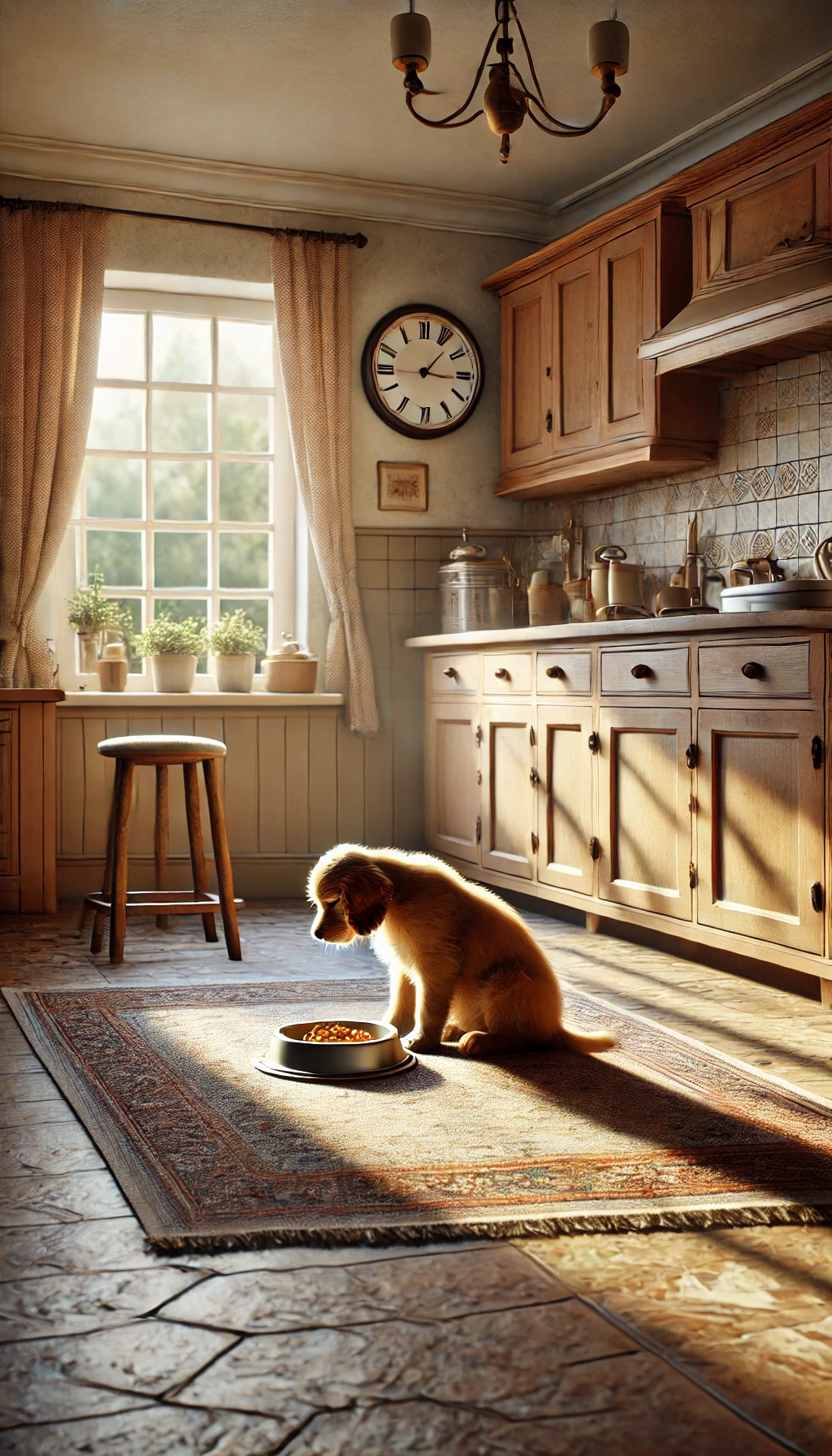
3. Potty Training With Patience
Potty training takes time and patience. Take your puppy outside frequently, especially after eating, drinking, or waking up. Reward your puppy with praise and treats when they go to the right spot.
Avoid punishing accidents, as this can cause fear and confusion. Instead, focus on positive reinforcement to encourage the desired behavior.

4. Socialize Your Puppy
Expose your puppy to different people, pets, and environments early on to build their confidence. Take them on short walks, introduce them to other dogs, and allow them to experience new sounds and sights.
Proper socialization helps prevent fear and aggression later in life. Make each experience positive by offering praise and treats during new interactions.
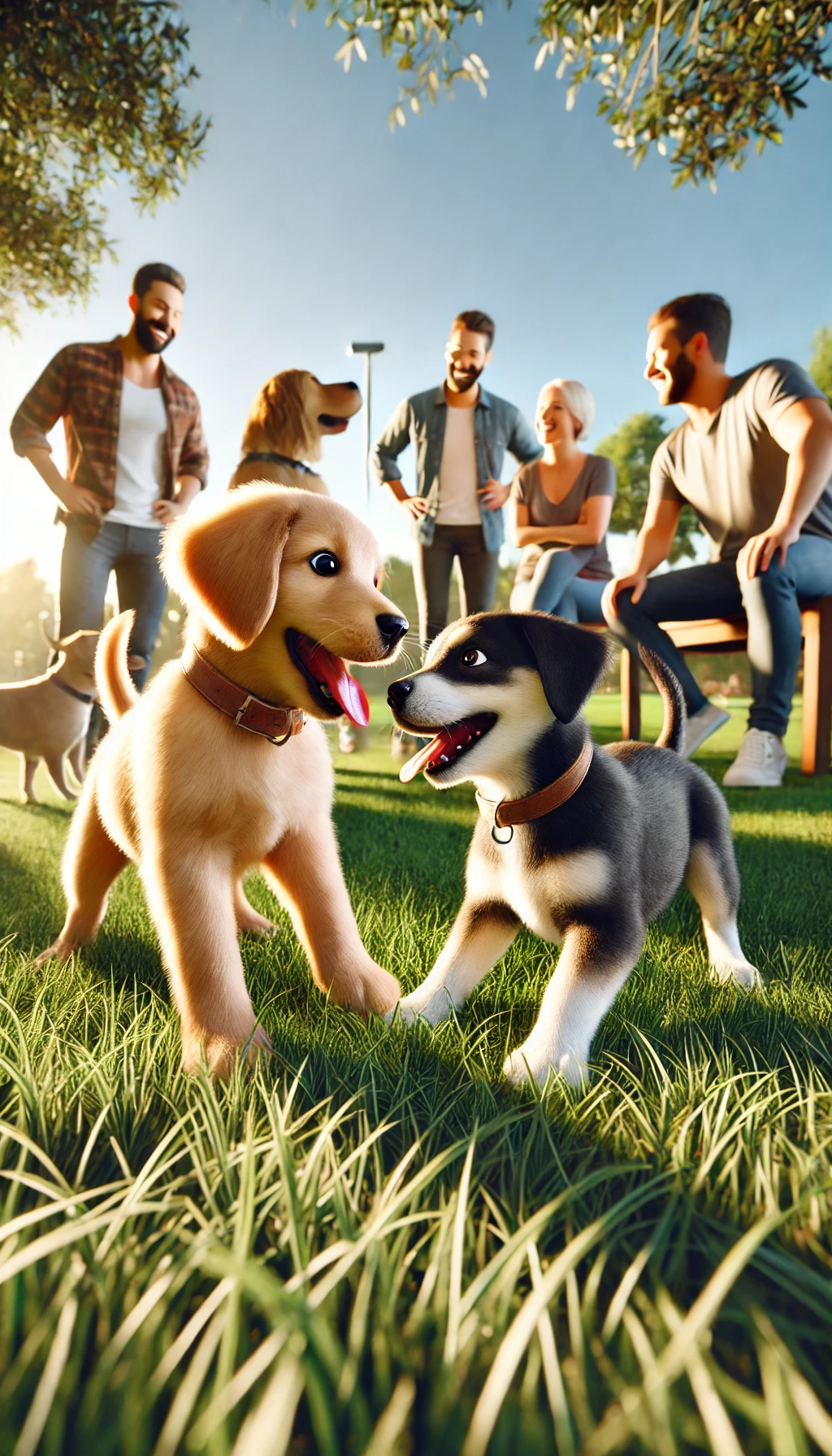
5. Use Positive Reinforcement
Reward-based training is highly effective for puppies. Whenever your puppy follows a command or behaves well, immediately reward them with a treat, toy, or affection. Positive reinforcement encourages your puppy to repeat good behaviors.
Avoid harsh punishments, as they can harm your puppy’s trust and confidence. Focusing on rewards creates a happy and motivated learner.
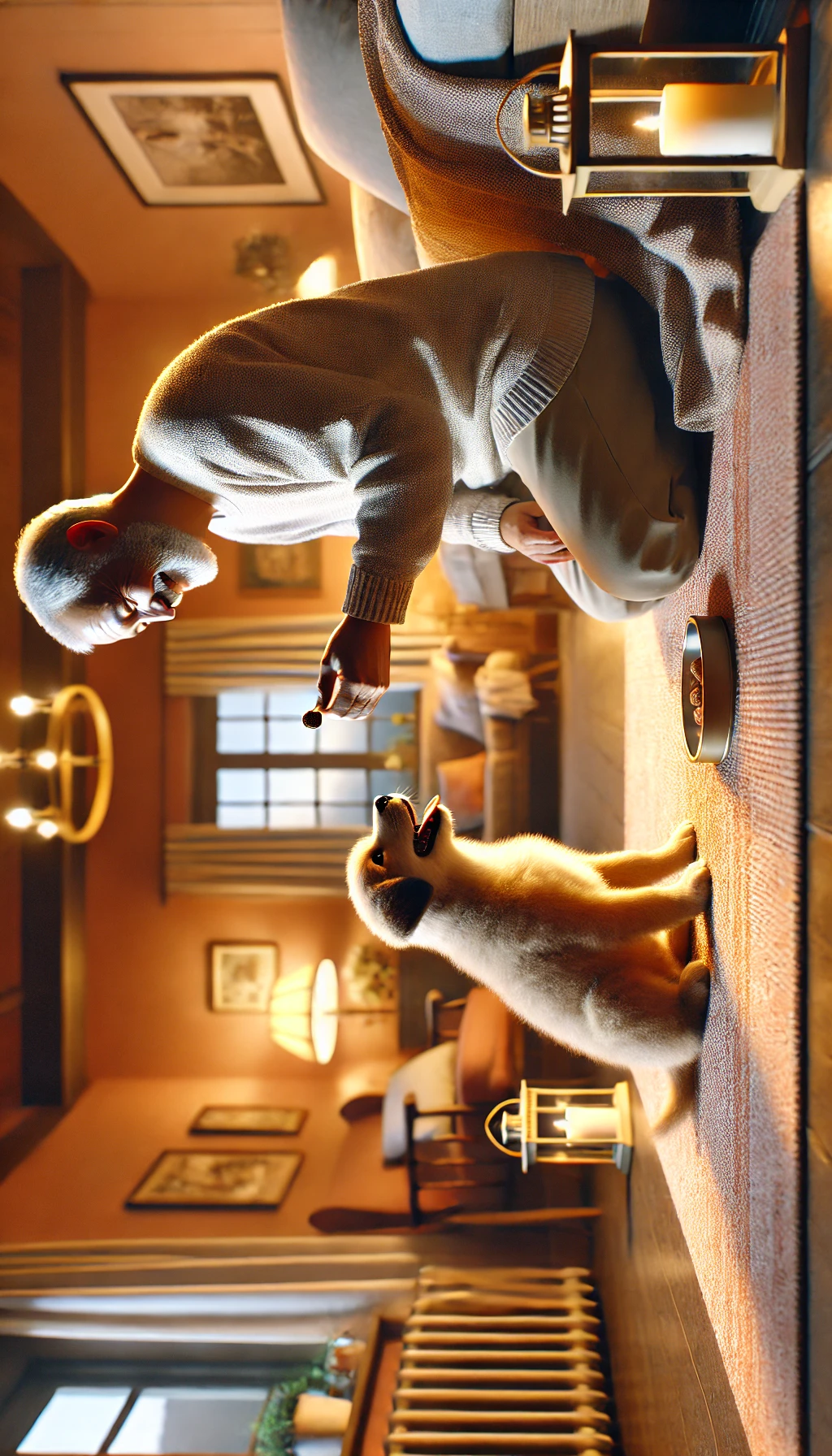
6. Teach Bite Inhibition
Puppies explore the world with their mouths, but it’s important to teach them not to bite. When your puppy bites during play, redirect their attention to a chew toy or say “ouch” and stop playing to discourage the behavior.
With consistent practice, your puppy will learn to control their bite strength, reducing accidental injuries and improving interactions with others.
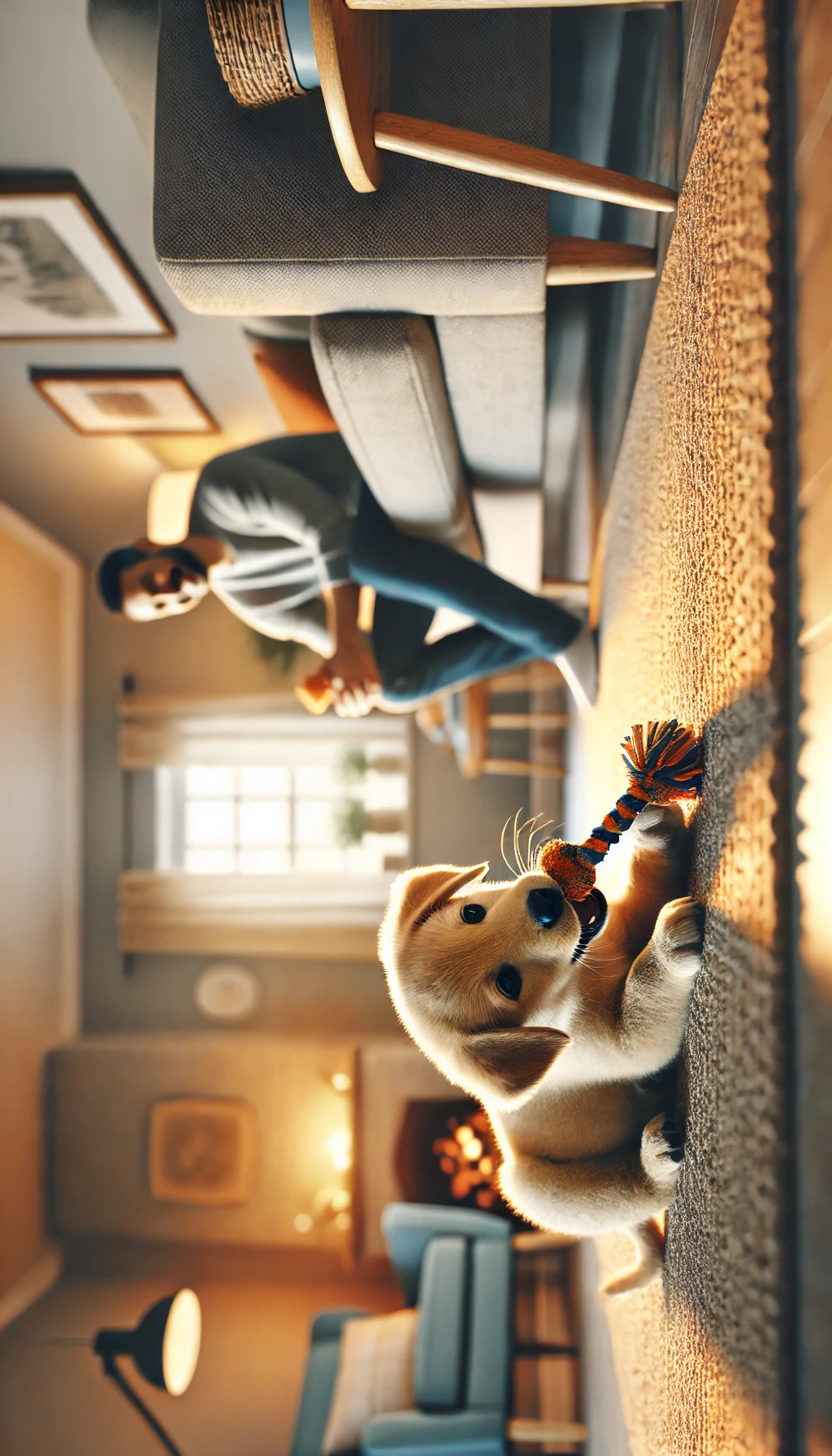
7. Crate Train for Safety
Crate training helps your puppy feel safe and provides a secure space for them when you’re not around. Introduce the crate as a positive place by adding blankets, toys, and treats. Keep the crate in a quiet area of your home.
Gradually increase the time your puppy spends in the crate to help them adjust. Crate training also aids in potty training and prevents destructive behaviors.
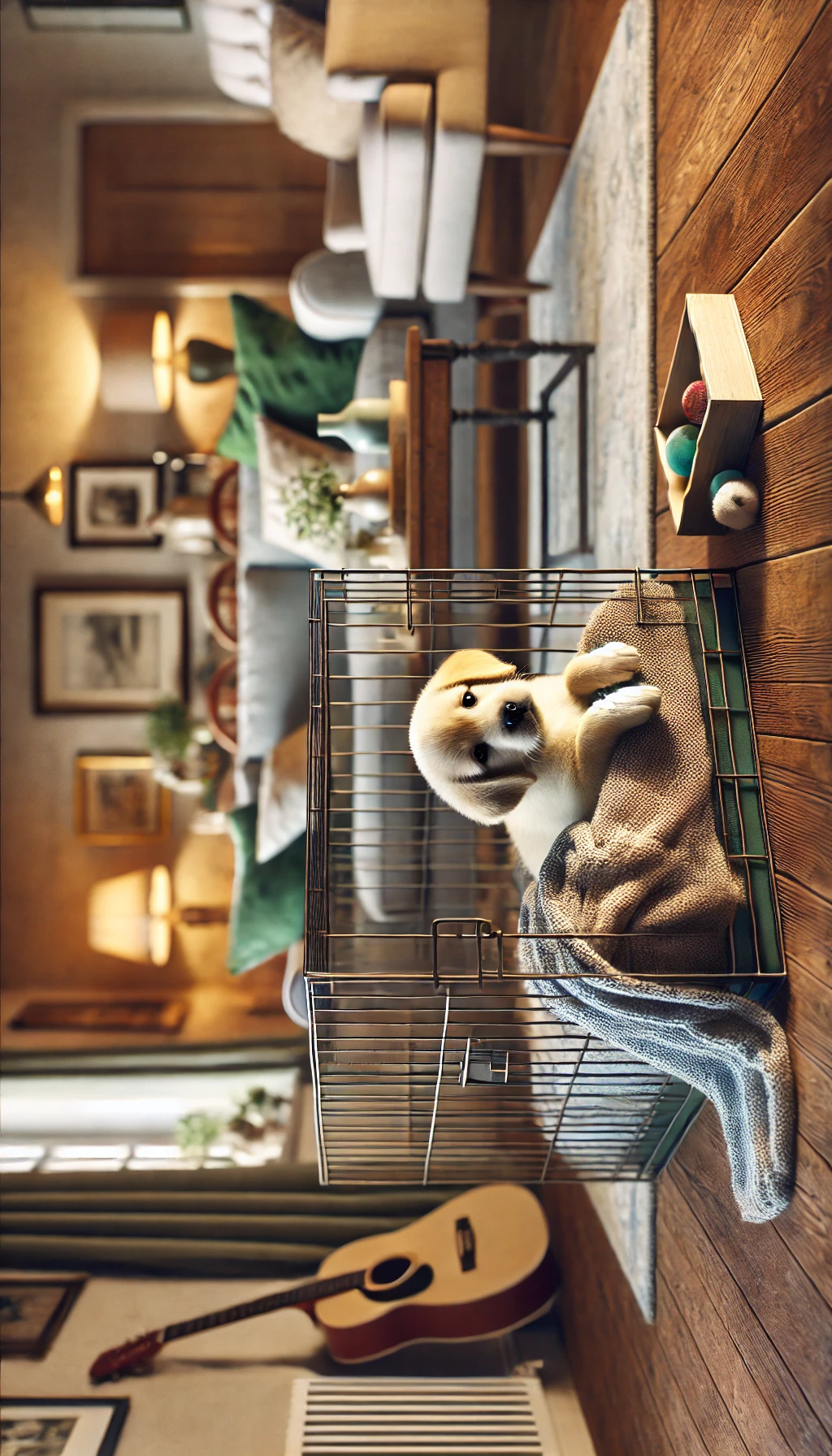
8. Be Patient With Leash Training
Introduce your puppy to wearing a collar or harness early. Use short walks and reward them for staying by your side. If your puppy pulls, stop walking and wait for them to calm down before continuing.
Leash training takes time, but with patience and consistency, your puppy will learn to walk calmly and enjoy outdoor adventures with you.
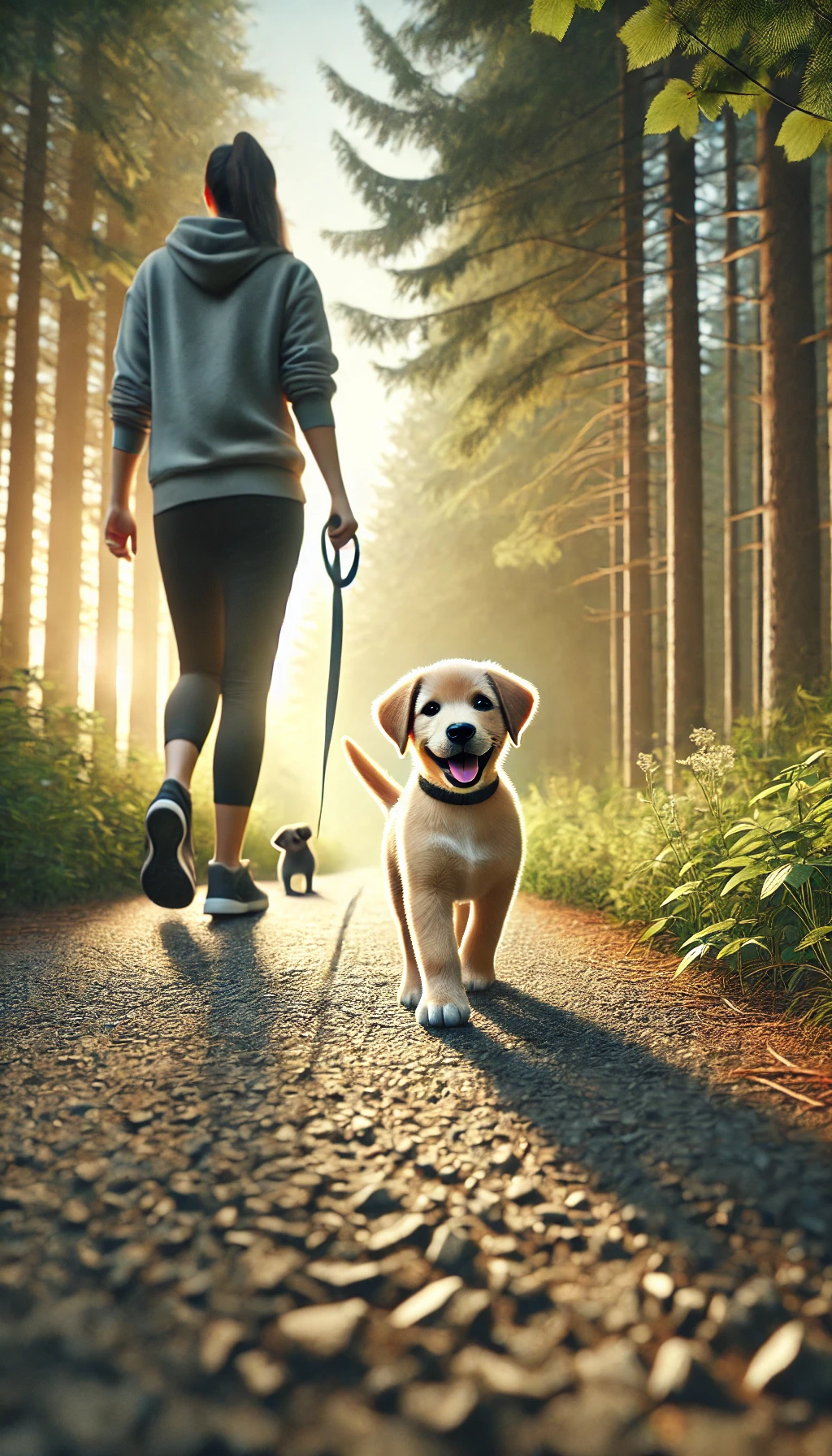
9. Prevent Separation Anxiety
Help your puppy feel comfortable being alone by gradually increasing the time you leave them alone. Start with short periods and reward calm behavior when you return. Avoid making a big fuss when leaving or coming home.
Preventing separation anxiety early helps your puppy feel secure and reduces stress when you’re not around, promoting independence.
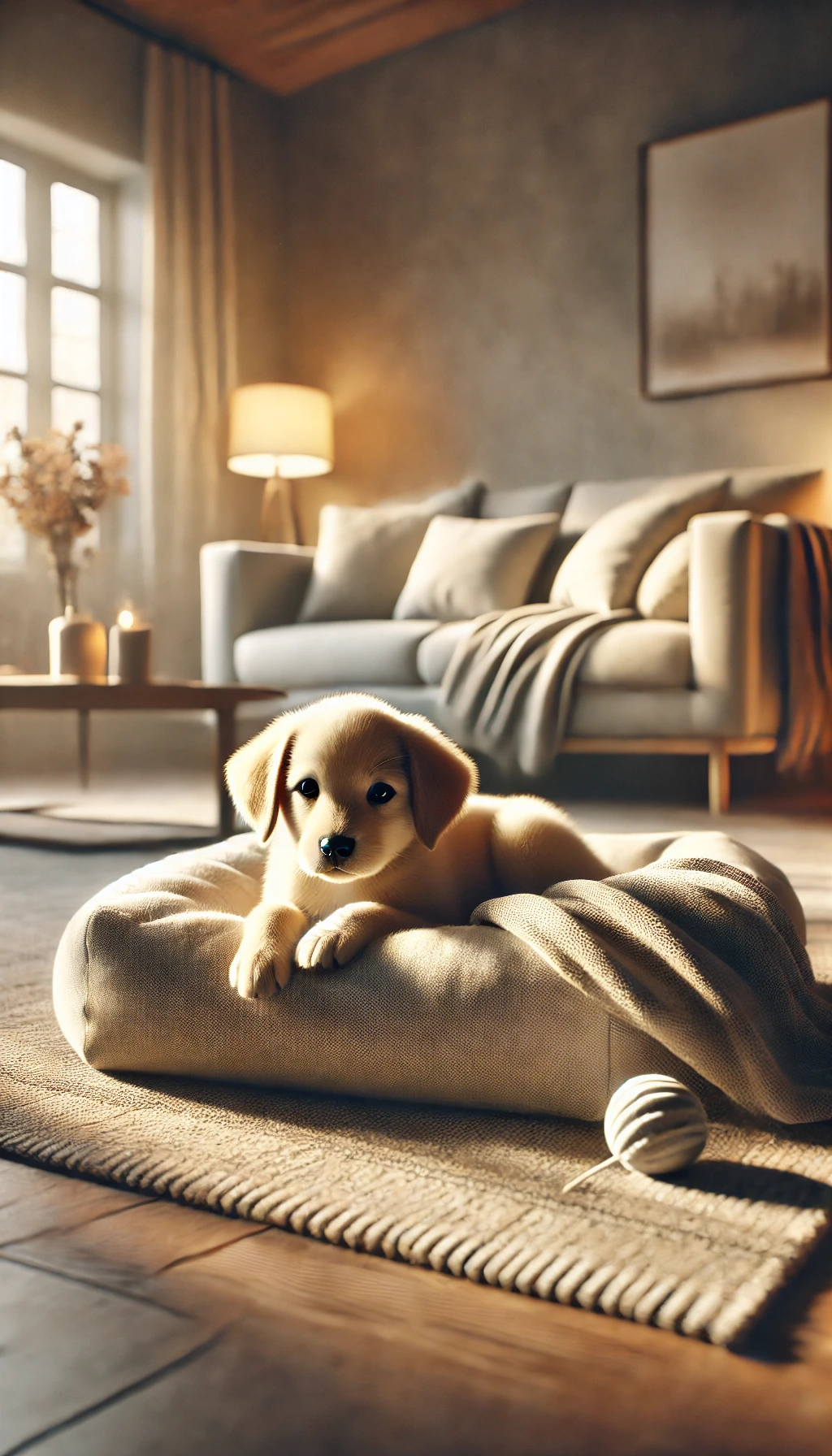
10. Keep Training Fun and Short
Puppies have short attention spans, so keep training sessions brief and engaging. Use fun games, toys, and treats to keep your puppy excited and motivated to learn. End each session on a positive note with a success.
Making training fun builds trust and strengthens the bond between you and your puppy. A happy puppy is a motivated learner!
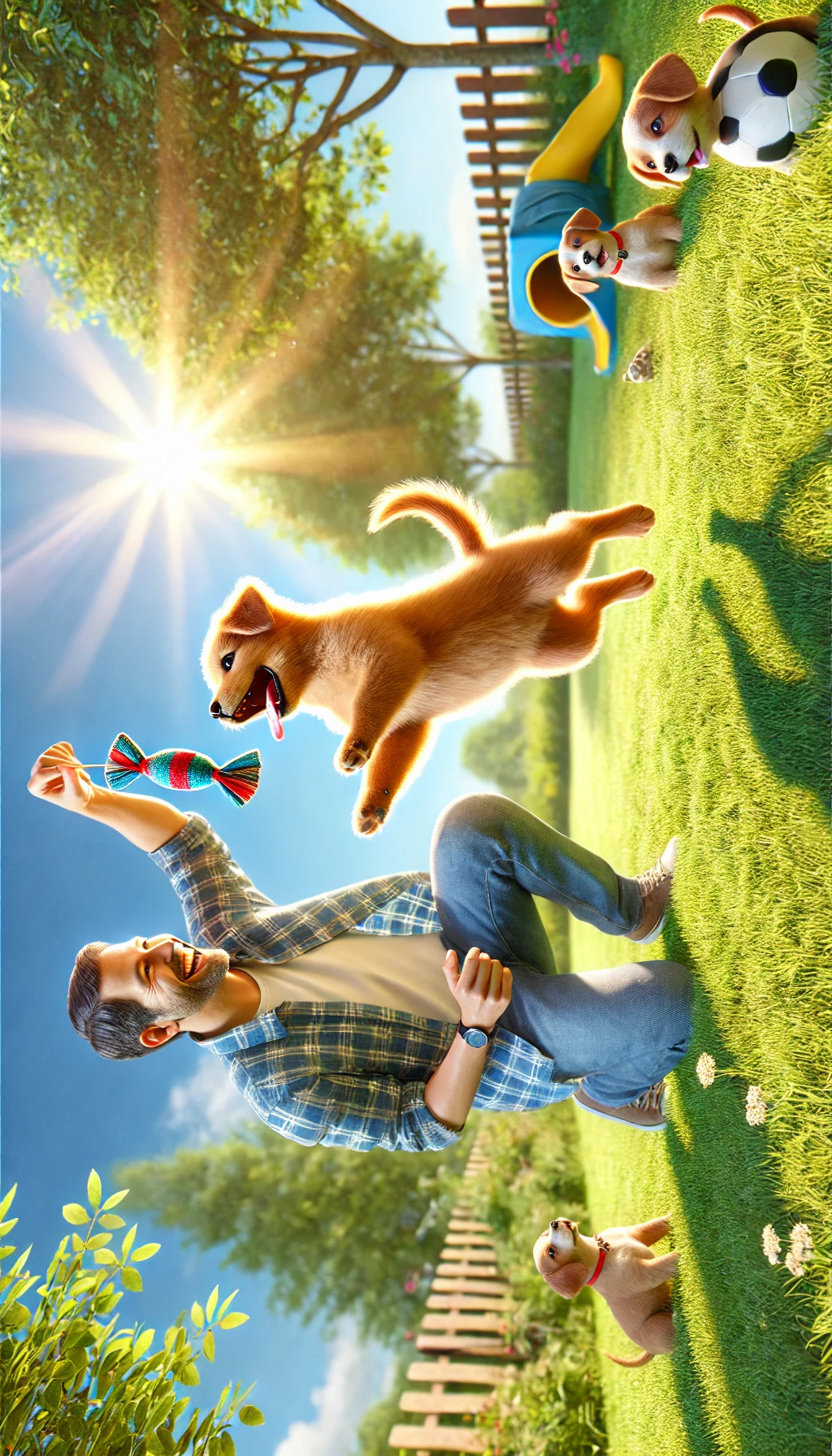
Sweet Ending Note:
Training your new puppy is more than just teaching commands—it’s about building trust, love, and a lifelong bond with your furry friend. 🐾💛 Every tail wag, cuddle, and success along the way is a reminder of the joy your puppy brings into your life.
With patience, consistency, and lots of positive reinforcement, your pup will grow into a well-behaved and confident companion. So, enjoy every moment of this journey together—it’s one filled with love, laughter, and endless puppy kisses! 🐶✨ Happy training! 🐕💖



